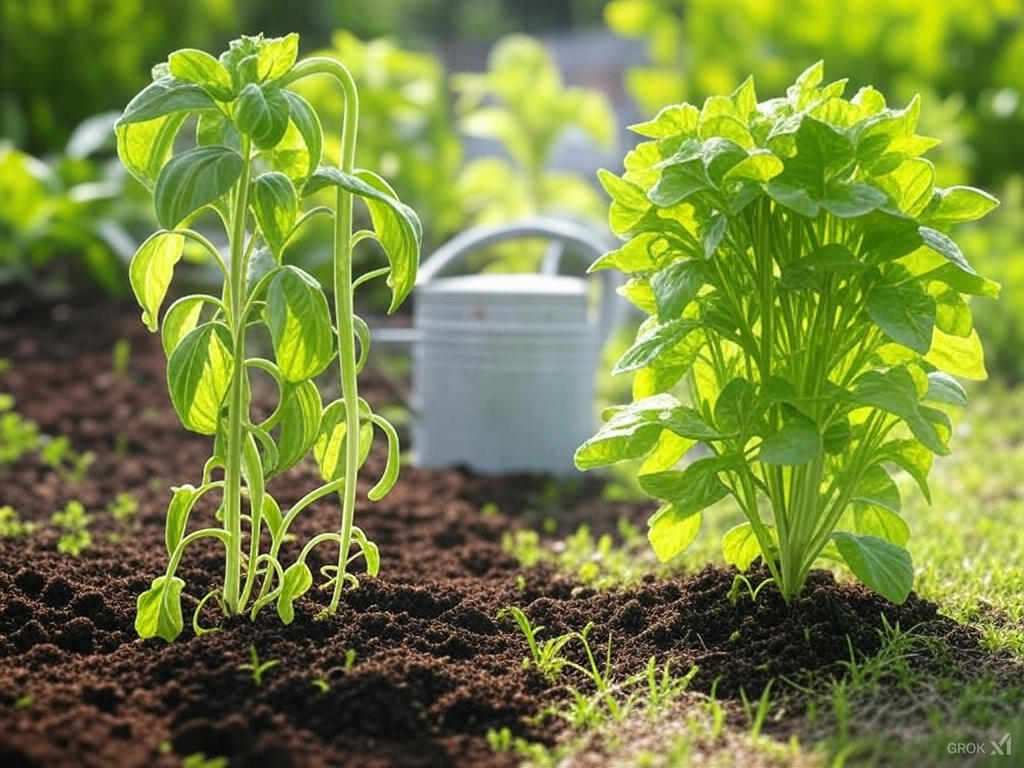Overwatering is one of the most common mistakes plant owners make, but the good news is that with the right steps, you can revive an overwatered plant. Here’s how to identify the signs and save your plant before it’s too late.
Signs of Overwatering
- Wilting despite moist soil: It might seem counterintuitive, but plants that are overwatered often look wilted. The roots are overwhelmed with too much water, causing them to drown and not take in nutrients properly.
- Yellowing leaves: If the leaves of your plant turn yellow and begin to drop, it’s a red flag. Overwatering leads to root rot, which impacts the plant’s ability to take up nutrients, resulting in discolored and weak leaves.
- Root rot: If you notice a bad smell coming from the soil or if the roots appear brown and mushy, you’re dealing with root rot. This is often the result of overwatering and poor drainage, and it can be deadly to your plant if not addressed.
Steps to Revive an Overwatered Plant
- Check the roots: Gently remove the plant from its pot. Examine the roots for any signs of rot, such as brown or mushy spots. Trim away the affected roots using clean scissors or pruning shears.
- Let the plant dry out: After removing the damaged roots, let the plant sit out of its pot for a few hours or even a day, allowing it to dry out slightly. This helps to reduce excess moisture and gives the remaining healthy roots a chance to recover.
- Improve drainage: If your plant’s pot doesn’t have enough drainage holes, now is the time to repot it into a new one with better drainage. This will prevent future waterlogging and ensure that excess water can escape.
- Repot the plant: Use fresh, well-draining soil to repot your plant. A mix designed for the specific plant type (e.g., cactus soil for succulents or orchid bark for orchids) will work best. Avoid packing the soil too tightly, as this can restrict root growth.
- Adjust your watering schedule: The key to preventing overwatering in the future is understanding the plant’s needs. Different plants require different watering schedules, but as a rule of thumb, it’s better to let the soil dry out a bit before watering again. Use your finger to check the soil—if it feels dry an inch or two below the surface, it’s time to water. Make sure the pot has good drainage, so excess water can escape.
- Place in the right environment: Once repotted, place your plant in a location where it can recover—avoid direct sunlight for the first few days, as the plant may be stressed. Ensure it gets indirect light and is kept at a comfortable temperature.
Final Tip
If you’re unsure about how often to water, try using a moisture meter or simply check the soil every few days. Remember, underwatering is far less harmful than overwatering, so it’s better to err on the side of caution.
By following these steps, you can bring your overwatered plant back to life and help it thrive once again!

Leave a Reply